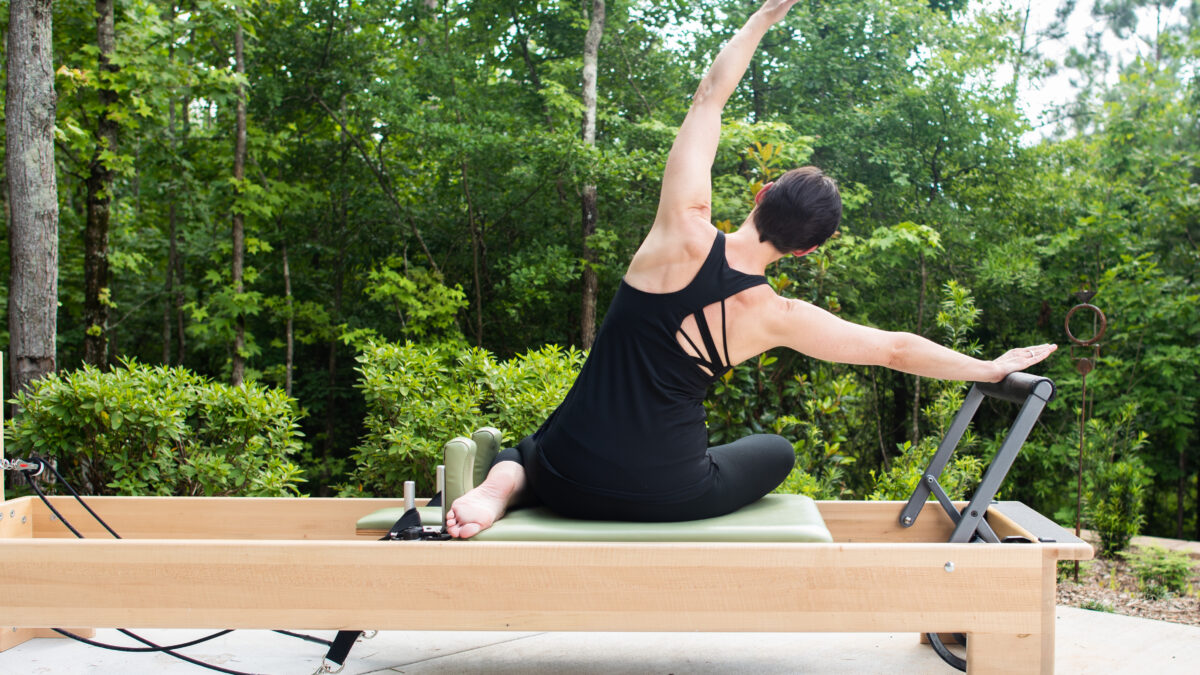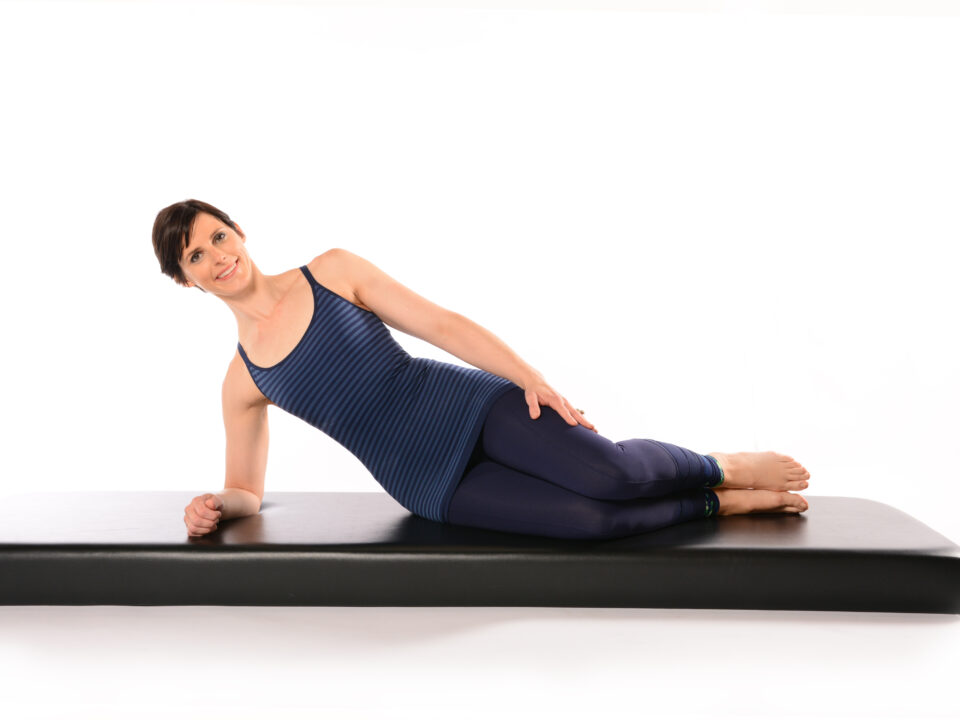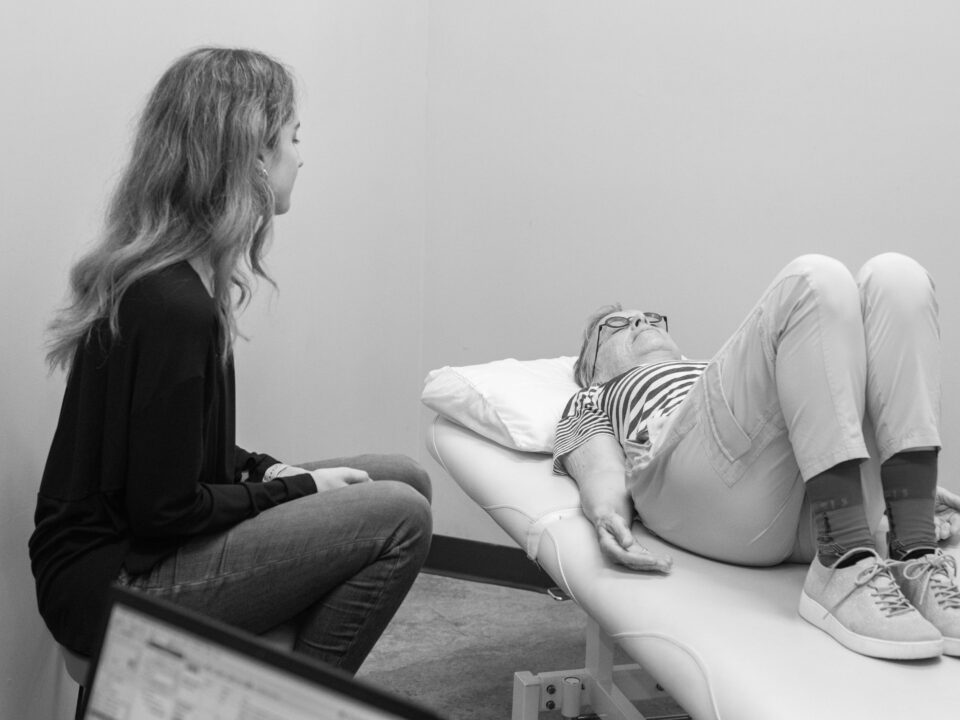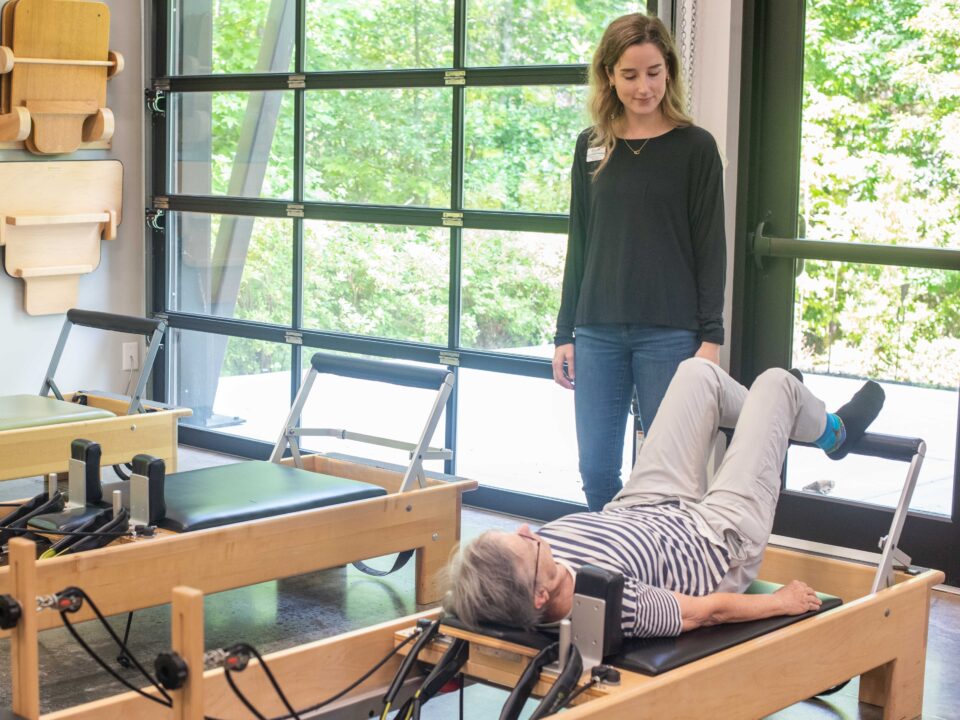- Mon - Fri
7.30 AM – 5.30 PM
Other hours upon request - 770-487-1931
Breathing Techniques in Pilates: Enhancing Mind-Body Connection

By Tamara Newell
July 2025
When it comes to Pilates, movement is only half the story. At the heart of this method lies one of its most potent tools: breathing. Mastering Pilates breathing improves physical performance but also deepens the mind-body connection.
Do you know that feeling after a Pilates class? You’re more grounded, energized, and clear-headed. Chances are, your breath had a lot to do with it.
Let’s explore how breathwork can enhance focus, reduce stress, and elevate your Pilates experience.
Why Breath Matters in Pilates
In Pilates, breath is more than a biological function—it’s an integral part of every movement. Joseph Pilates, the founder of the method, considered breath control a pillar of health and movement efficiency. He said, “Breathing is the first act of life and the last”. As such, we should be intentional and aware of our breath.
Pilates breathing coordinates with movement. It supports a healthy spine, activates the core, and creates fluidity. Breath enhances circulation, increases oxygen to muscles, and helps release body tension. In other words, it fuels performance from the inside out.
Diaphragmatic Breath: The Foundation of Mind-Body Fitness
At the core of Pilates breathing is diaphragmatic breath, sometimes called “belly breathing.” This technique engages the diaphragm. The diaphragm is a dome-shaped muscle that separates the chest from the abdominal cavity. Instead of shallow, chest-based breaths, diaphragmatic breathing encourages full inhalations. This helps expand the lower lungs and abdomen.
Here’s how to practice it:
- Sit or lie down in a comfortable spot.
- Place one hand on your belly and one on your chest.
- Inhale through your nose, allowing your belly to rise.
- Exhale through your mouth, letting your belly fall.
- Keep your chest as still as possible.
Diaphragmatic breathing helps quiet the nervous system, promote relaxation, and ground you. These are all key components of mind-body fitness.
Breath Control for Better Movement
One of the unique aspects of Pilates is its demand for breath control during movement. Each exercise pairs with a specific inhale or exhale pattern. This assists the body in spinal alignment, core activation, and muscular engagement.
For example, exhaling during exertion (like during a roll-up) helps activate deep abdominal muscles and protects the lower back. Inhaling on the return or release phase brings in oxygen to fuel the next movement.
This synchronization of breath and movement makes your Pilates more effective. It also keeps you focused, grounded, and connected to your body in real time. It’s mindfulness in motion.
Improve Focus and Reduce Stress
In today’s fast-paced world, many people join Pilates for its benefits with mental clarity. Practicing intentional breathing improves focus, both in and outside of class. Breath awareness brings your mind into the present. It helps you tune out distractions and tune in to how your body feels.
Additionally, deep breathing lowers cortisol levels, supports heart rate variability, and reduces anxiety. It’s a built-in stress-relief tool you carry with you—not solely on the mat, but throughout daily life.
Bringing It All Together
Whether you’re new to Pilates or a seasoned client at our studio, pay attention to your breath control. It can take your practice to the next level. Start small—try bringing more awareness to your breath during warmups or transitions. Over time, you’ll notice a boost in your strength, precision, and presence.
At ProHealth Pilates, our instructors help you integrate Pilates breathing into every session.
Ready to breathe new life into your practice? Join us for a class and discover how mindful breathwork can transform the way you move, think, and feel. makes your Pilates practice so transformative.




